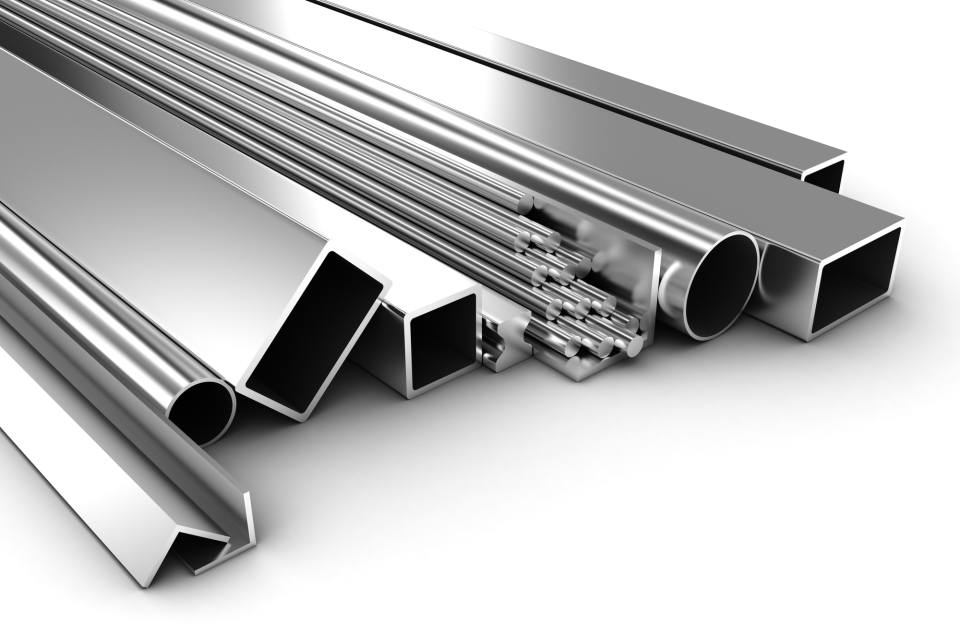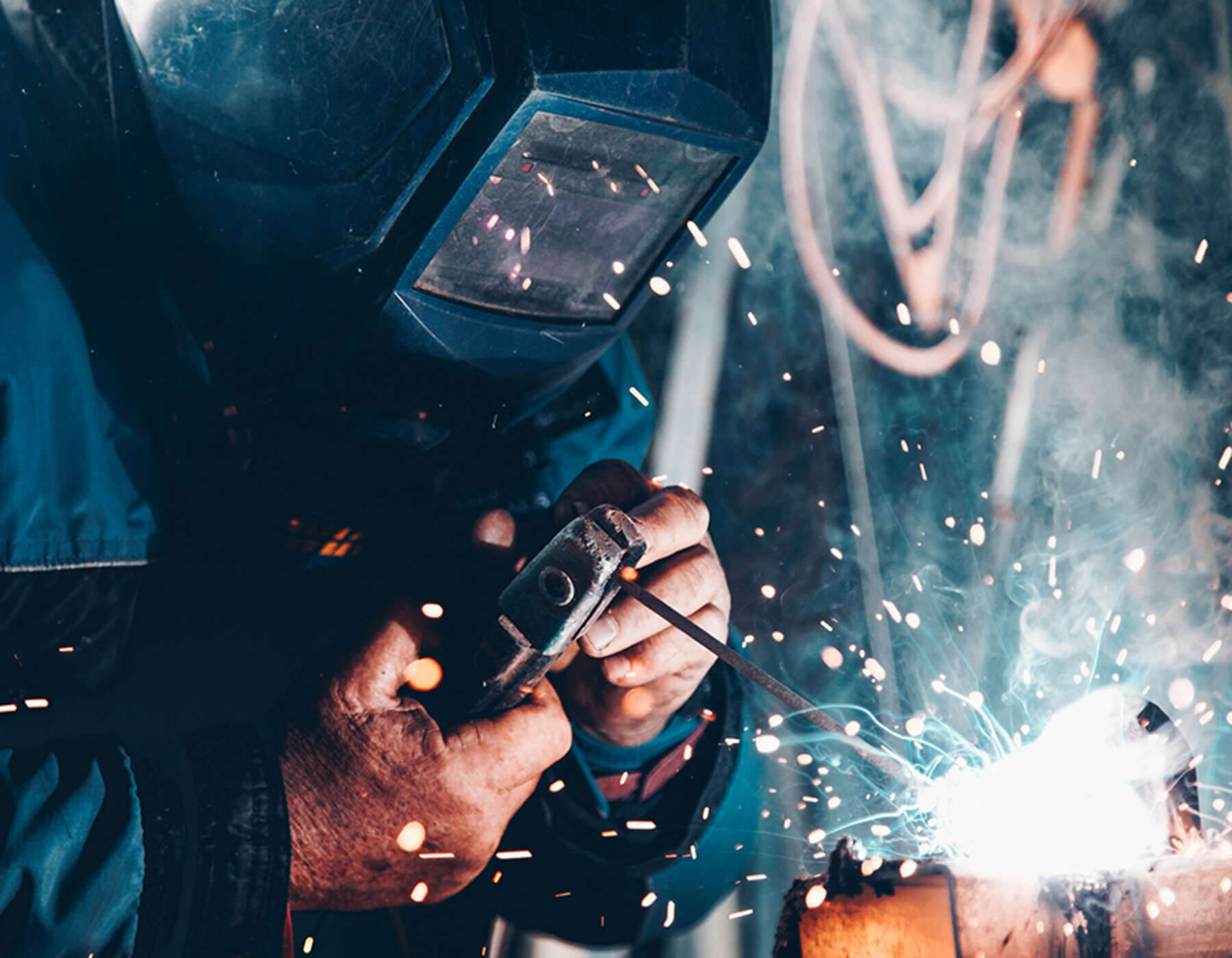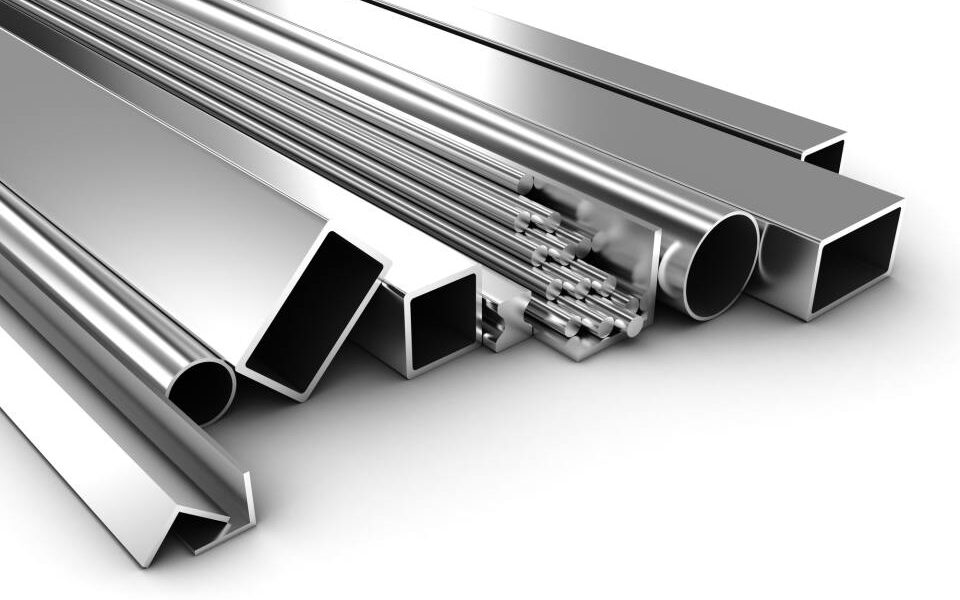
Metal fabrication is a series of robust processes and procedures to produce products, parts, and components from metals such as stainless steel.
Of course, the actual metal fabrication process does vary depending on product requirement and the manufacturer and their team; however, what remains constant is that fabrication is a process that many industries rely on to achieve the operational parts they require.
Areas of the fabrication process may include cutting, punching, welding, bending, rolling, powder coating, painting, and more.
Fabrication steel is an area that the team at Morfabrication specialise in. Working to detailed CAD designs and drawings, we work to exact specifications, ensuring that all requirements are met, and the highest standards are achieved. Producing high-quality products time and time again.
Steel Metal Fabrication
Stainless steel is often the metal of choice for many steel fabricators due to the number of benefits this particular metal can provide.
Benefits such as:
- Resistant to high temperatures.
- Strong.
- Offers biocompatibility.
- Durable.
- It is low maintenance.
With a long-life span, stainless steel is also sustainable as it is 100% recyclable.
Stainless steel contains a certain level of chromium which helps to provide the metal with its tough and invisible layer of corrosion resistance. Other elements you may also find in stainless steel include nickel, magnesium, and nitrogen. Note: the element used will depend on the application the metal is intended for.
Stainless steel is also available in a range of different grades and types, i.e., austenitic, ferritic, martensitic, and duplex. In fact, there are over 150 grades of stainless steel made of various forms, including sheets, plates, bars, and tubing.
Suitable for use in industrial and domestic settings, many, and we mean many, industries rely heavily on the fabrication of stainless steel.
Common uses of stainless steel
Stainless steel is suitable for various industry applications, whether for parts and components parts or the entire product itself.
The most common applications and stainless-steel uses include:
Medical Applications
Stainless steel offers high biocompatibility and superb hygiene characteristics, making it the perfect metal for medical tools, instruments, and various high-tech devices.
It is also corrosion-resistant and easily sterilised, ideal for operating theatres, tables, and MRI scanners.
The austenitic grades 304 and 316 for stainless steel are the most commonly found in hypodermic needles, implants, stents, replacement joints, and as pins and plates to keep broken bones in place.
Kitchen Applications
Easy to clean and low maintenance are two of the major qualities of stainless steel in the food processing and equipment sector, making it an excellent choice to keep hygiene levels high.
Suitable for refrigeration units, cookware, sinks, countertops, cutlery, cookers, saucepans, etc., stainless steel is ideal in a kitchen environment because it doesn’t absorb or interfere with food or ingredients and can be easily kept germ-free.
Energy Applications
Within the energy industry, you will require a metal that can withstand fluctuating temperatures and potentially toxic substances. A metal that is available in special grades to meet such specific industry application requirements.
High-grade stainless steel is the best option in these instances, suitable for storage tanks, valves, and pipework due to its high level of corrosion, chemical, and heat resistance – a perfect fit for the energy industry.
You will often find stainless steel components in wind turbines and pipelines for the oil and gas industry.
Construction Applications
Where isn’t stainless steel used in construction?!
Found in architectural designs, stainless steel can be used as external cladding to buildings, or due to its incredible strength, corrosion-resistant properties, and aesthetic appeal; it is also used for grand artwork designs, sculptures, and bridges.
You will also find stainless steel inside buildings as handrails, countertops, restrooms, etc.
Easily welded, stainless steel offers an attractive finish, is sustainable, and is low
maintenance. It can also help reduce a building’s energy consumption by allowing natural light to enter its space.
Transport Applications
Relying heavily on stainless steel parts and components is the automotive, aerospace, rail, and marine sectors.
Whether in the form of exhausts, seatbelt springs, passenger cars, tram fleets, cargo tanks, piping, chains, anchors, handrails, or more (moving to structural components, too, to help reduce emissions) – they are all fabricated from stainless steel.
In addition, for the transportation of liquids and chemicals, stainless steel’s high strength means businesses can opt for thinner containers, which in turn reduces fuel costs considerably.
Everyday Applications
From dishwashers to refrigerators, ovens, microwaves, and even toasters, stainless steel is fabricated into either essential parts or panelling to support the functionality of these applications.
Steel Fabricators
From the zipper on your coat to the highest skyscraper donning the skyline, stainless steel is essential to everyday life.
At Morfabrication, we know the need to meet specific requirements and specifications across multiple applications in various sectors.
And we understand that this must be done to the highest standard due to the compliance and health and safety regulations surrounding such applications and industries.
That’s why we work with you. Your application and the most appropriate stainless-steel grade to ensure high standards are continually achieved.
To find out more about us and some of the work we have carried out, check out our case studies online.
Have a project in mind that we can help with?
Contact us today.

